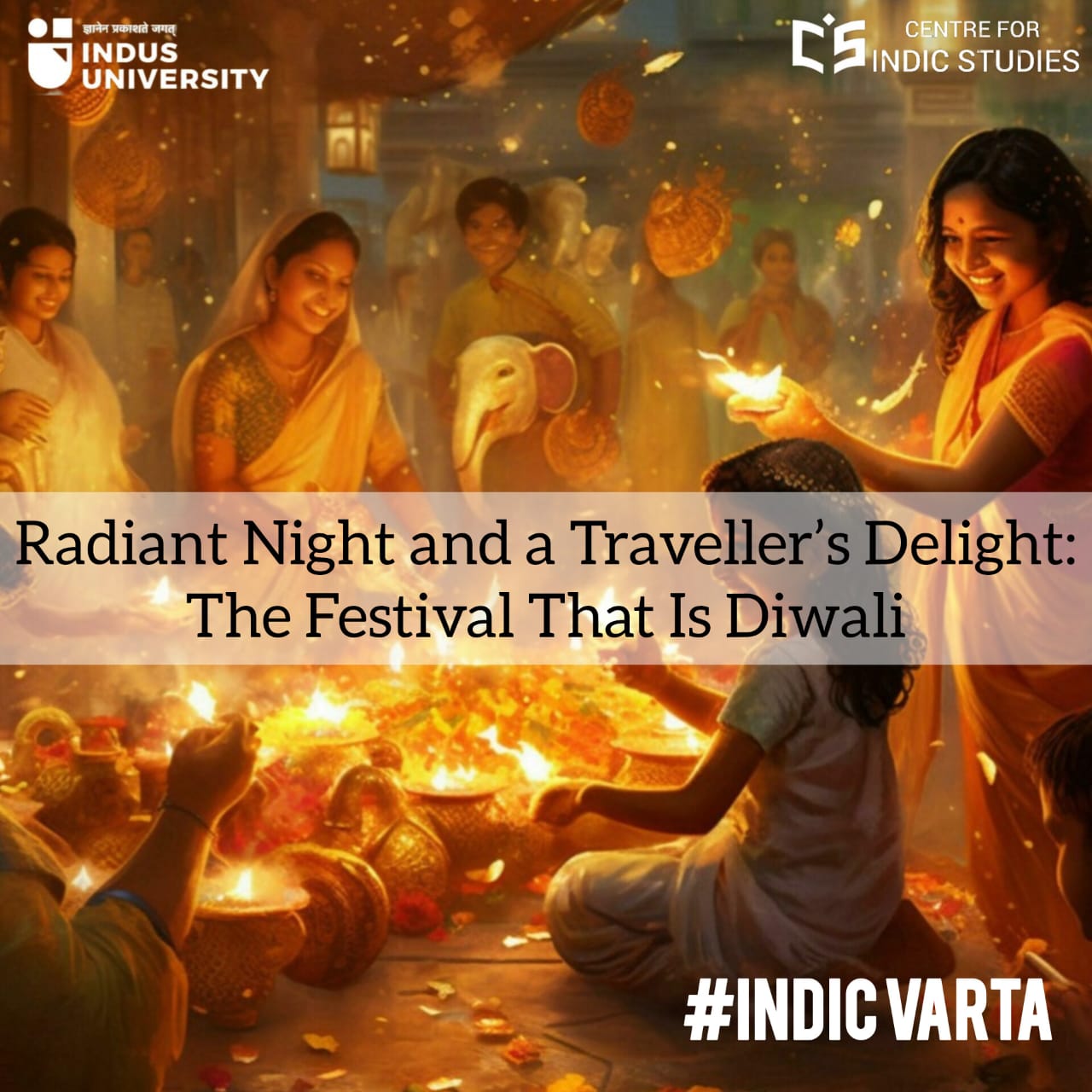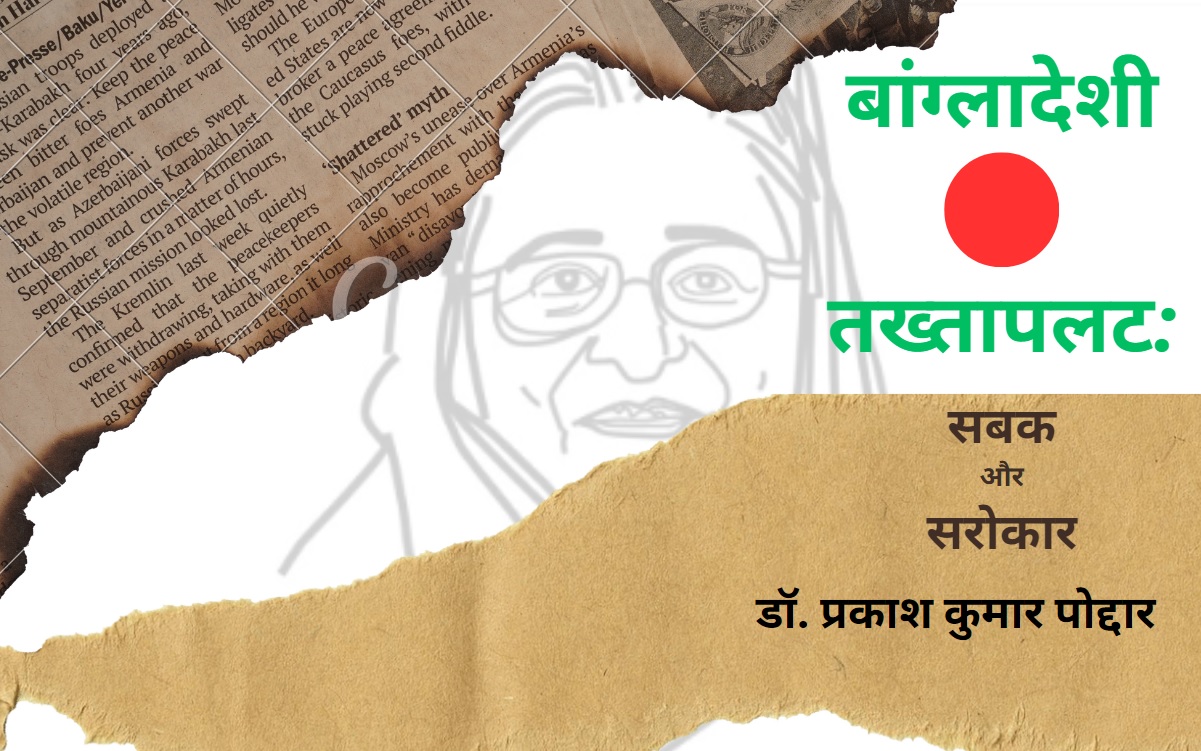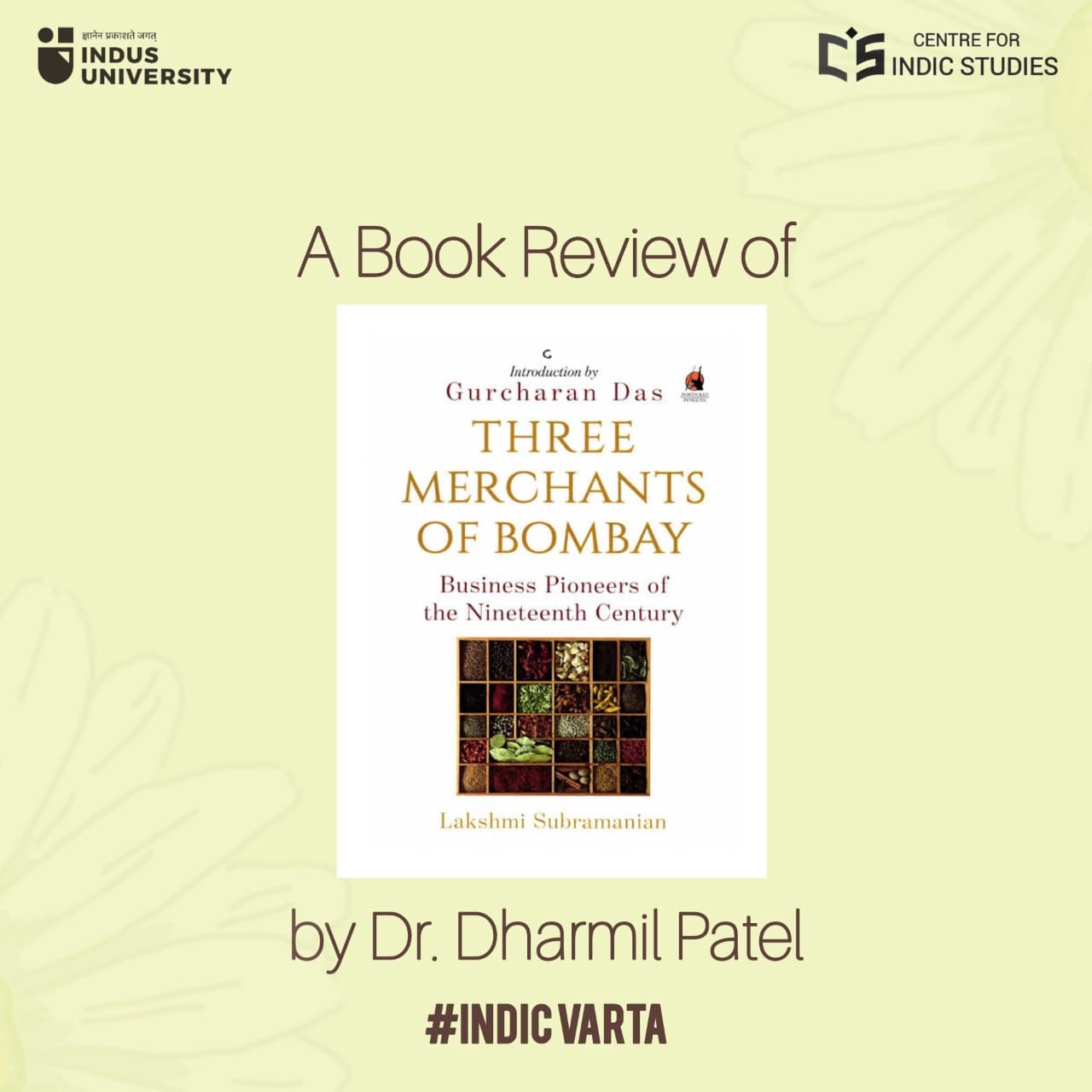- Visitor:117
- Published on: 2024-10-26 07:33 pm
Radiant Night and a Traveler’s Delight: The Festival that is Diwali
Imagine walking through streets lit up by a sea of twinkling lamps, hearing the crackle of fireworks, and being enveloped by the sweet aroma of traditional Indian sweets. Swoosh! For children, it’s a time of delight as they witness the grandeur of the festival, partake in firecracker fun, and savor the mouth-watering sweets that fill every home. C’mon adults! For you also the markets are equally enticing. From gorgeous silk saris to intricate gold jewelry, Diwali shopping offers a wealth of options. Whether it’s buying new clothes as part of the traditional custom or simply picking up decorative items for your home, the festive markets are an experience in themselves. Wait wait! Don’t miss the opportunity to witness mehndi artists at work. They create intricate designs with henna on the hands and feet of women and girls, which is a fun way for your children to get involved in the festive spirit. After all, what could be more exciting than watching your hands turn into a canvas of beautiful patterns?

“আজ
নিখিলের
আনন্দধারায়
ধুইয়ে
দাও,
মনের
কোণের
সব
দীনতা
মলিনতা
ধুইয়ে
দাও।
আমার
পরান-বীণায়
ঘুমিয়ে
আছে
অমৃত
গান–
তার
নাইকো
বাণী,
নাইকো
ছন্দ,
নাইকো
তান।
তারে
আনন্দের
এই
জাগরণী
ছুঁইয়ে
দাও…”
-song
by Rabindranath Tagore
“In the streams of
world’s bliss, you wash away
Timidness-filthiness
from all corners of heart, you wash away
In my stringed soul
sleeps few eternal melodies
They have no
lexemies, no parodies, no harmonies
With the renaissance
of joyous band you touch them, I pray”
-Translation
by Deepankar Choudhury
Originally
published on www.myindiathrulenses.in
Introduction to Diwali – A
Traveler's Delight
Welcome to our Bharata, a land brimming with
festivals—colorful, vibrant, and full of life. While some festivals are
specific to certain regions, others sweep across the entire country, uniting
millions in joy and celebration. Among these, Diwali, the Festival of Lights,
stands out as a magnificent spectacle that captures the essence of India’s
cultural diversity and festive spirit. Diwali, also known as Deepavali, marks
the triumph of light over darkness, good over evil, and hope over despair. If
you are a foreign traveler visiting India during Diwali, for the first time,
you shall find it offering an experience unlike any other—an explosion of
color, joy, and tradition, one that will leave you mesmerized and eager to
return year after year.
Imagine walking through streets lit up by a sea of
twinkling lamps, hearing the crackle of fireworks, and being enveloped by the
sweet aroma of traditional Indian sweets. Diwali has a magical ability to make
every corner of India shimmer with energy, offering an incredible sensory
experience for first-time visitors. It’s not just a festival; it’s an emotion
that binds people, families, and even travelers in a shared sense of wonder and
celebration.
Swoosh! For children, it’s a time of delight as they witness the grandeur of the festival, partake in firecracker fun, and savor the mouth-watering sweets that fill every home.
Diwali’s Mythological Roots – A
Story That Enchants
To fully appreciate Diwali, it’s essential to delve
into its rich mythology. As your travel adventure begins, you’ll be intrigued
by the ancient stories that shape this glorious festival. One of the most
significant legends revolves around the epic tale of Lord Rama from the Hindu
text, the Ramayana. After 14 years of exile and a decisive victory over the
demon king Ravana, Lord Rama returned to his kingdom, Ayodhya, accompanied by
his beloved wife, Sita, and brother, Lakshmana. The citizens, overwhelmed with
joy, lit up the entire city with rows of oil lamps, symbolizing their happiness
and welcoming their victorious king back home. This, dear traveler, is how
Diwali began, symbolizing the victory of light over darkness.
Another fascinating story relates to the churning of
the cosmic ocean, known as ‘Samudra Manthan,’ when the goddess Lakshmi, the
deity of wealth and prosperity, emerged from the ocean’s depths. On Diwali,
homes across India are adorned with beautiful rangolis (intricate designs made
from colored powders or flower petals) to welcome Goddess Lakshmi, hoping
she’ll bless them with abundance and happiness. These mythological tales, rich
with symbolism and meaning, make Diwali more than just a visual feast—it’s a
festival deeply rooted in India’s spiritual and cultural heritage.
For children visiting India, these stories can be both enchanting and educational, introducing them to the myths that form the backbone of India’s ancient civilization. As they listen to these tales, perhaps told around a family’s Diwali lamps or shared over a meal of festive sweets, they will be transported into a world of heroes, gods, and goddesses that is captivating and full of magic.
Diwali’s Diversity – A Unique
Flavor in Every Region
One of the most delightful aspects of Diwali for any
traveler is experiencing how it’s celebrated differently in various parts of
India. While the essence remains the same—celebrating the victory of light,
prosperity, and the triumph of good over evil—each region adds its own flavor,
making the festival even more vibrant and diverse. For travelers, this means
that no matter where you go in India, you’ll encounter something unique and
memorable.
In Northern India, Diwali is a five-day
extravaganza, beginning with Dhanteras, when people buy gold and silver to
invite prosperity. As you wander through bustling markets, you’ll see locals
purchasing new utensils, jewelry, and other auspicious items, as a sign of
welcoming fortune. This is followed by ‘Chhoti Diwali,’ a day when smaller
celebrations light up homes, and finally, the grand celebration day of Diwali,
where goddess Lakshmi is worshipped, and families come together for prayers,
feasting, and lighting firecrackers.
As you move south, the celebration takes on a
slightly different tone. Known as Deepavali in the southern parts of India,
it’s celebrated primarily over one day, marked by the worship of Lord Krishna,
who is believed to have defeated the demon Narakasura on this auspicious day.
Imagine standing amidst the vibrant hues of South Indian homes, adorned with
flower garlands and traditional oil lamps, as you listen to the rhythmic sounds
of devotional songs.
Now let’s celebrate the spirited Dipanwita in the
east with endless Deepalikas, embracing Ma Kaali with all hands on deck, driven
by passion and courage to bring well-being to both home and community,
embodying the Devi through vibrant colors and lights! Here, particularly in
West Bengal, Diwali is closely linked with Kali Puja, the worship of Goddess
Kali, the fierce protector and destroyer of evil. The streets of Kolkata come
alive with stunning pandals (temporary shrines), firecracker displays, and
grand offerings to the goddess. This makes for a truly distinct experience, as
travelers can witness the powerful cultural and spiritual significance of the
festival.
For children, this diversity provides an opportunity to explore various Indian traditions firsthand. Watching the stunning rangolis, enjoying the vibrant processions, and participating in traditional prayers—each region’s way of celebrating Diwali will leave young travelers with memories that will last a lifetime.
Diwali Beyond India – A Global
Celebration
While Diwali is rooted in India’s traditions, it has
grown to become a global festival, celebrated by millions of people around the
world. Countries like Nepal, Sri Lanka, Malaysia, the UK, Canada, and the
United States also embrace the festival with great enthusiasm, lighting up
their cities with the same joy and fervor as in India. This international
dimension adds a fascinating layer to Diwali, highlighting its universal
message of light, unity, and togetherness.
For foreign travelers, this means you’re likely to
find traces of Diwali wherever you go. In cities like London, New York, and
Sydney, grand Diwali celebrations take place with parades, music, and fireworks
that resemble those in India. It’s heartwarming to see how a festival that
originated thousands of years ago continues to connect people from different
cultures and backgrounds today.
However, nothing compares to experiencing Diwali in
India itself—the heart of the celebration. There’s something special about
walking through India’s streets during Diwali, where every home is lit with
lamps, and every heart is filled with excitement. For children especially,
being in India during Diwali is like stepping into a fairytale world filled
with magic, adventure, and festive fun.
The Beauty of Diwali – A Feast for
the Senses
When you visit India during Diwali, you’ll find that
it’s not just a visual spectacle, but a feast for all the senses. From the
flickering flames of oil lamps lining every balcony to the explosion of colors
in every corner, the festival is designed to dazzle and enchant.
The Splendor of Diwali: A
Visual Feast for Foreign Travelers
One of the
most captivating aspects of Diwali for first-time travelers to India is the
dazzling display of lights. From major cities like Delhi and Mumbai to small
villages tucked away in remote regions, every corner of the country is bathed
in the golden glow of oil lamps, known as diyas. Imagine walking
through narrow, bustling streets adorned with thousands of these tiny,
flickering flames, where every house, shop, and temple competes to outshine the
other. The rooftops, windows, courtyards, and balconies are all illuminated,
creating a celestial atmosphere on earth. The grandeur of Diwali lights is not
just limited to the homes; the streets are equally festive with elaborate
lighting arrangements.
For
children, the lights of Diwali are nothing short of magical. They will be
thrilled as they watch the streets turn into a vibrant, glowing wonderland that
feels like stepping into a fairy tale. Lanterns in myriad shapes and sizes sway
from balconies, casting colorful patterns across walls, while giant neon
displays depicting mythological scenes dazzle the eyes.
If you're
traveling with kids, they’ll be mesmerized by the breathtaking views, the
crackling sounds of fireworks in the night sky, and the excitement in the air.
And it’s not just the lights — the firecrackers are another huge attraction.
Although they are not without controversy, the spectacular firework displays
that light up the night sky in a million colors will leave everyone in awe.
Entire families gather on terraces and open spaces to watch these celestial
bursts of color, and it’s an experience you can’t miss if you visit India
during Diwali.
Exploring the Rich Cultural
Diversity of Diwali
What sets
Diwali apart from other festivals is the cultural diversity that you can witness
as you travel through India. Whether you're in the north, south, east, or west,
Diwali's essence remains the same, but the way it's celebrated varies widely.
For example, while Northern India celebrates Diwali as a commemoration of Lord
Rama's return to Ayodhya, down south, it’s linked with the slaying of the demon
Narakasura by Lord Krishna.
The
diversity doesn’t stop there. Each region has its own unique traditions and
flavors to explore. If you happen to find yourself in West Bengal, you’ll
witness Kali Puja, where the fierce goddess Kali is worshiped in grand fashion.
The towering idols of the goddess, adorned with flowers and gold jewelry, are a
sight to behold, and the streets are filled with festive processions. The
entire celebration is infused with a mystical, slightly darker energy compared
to the lighter, more luminous Diwali of Northern India.
In
contrast, if you’re in Tamil Nadu or Karnataka during Diwali, you’ll witness a
simpler, more serene version of the festival. People wake up early, take oil
baths, wear new clothes, and offer prayers to ancestors. The streets here
aren’t as bustling with fireworks but are instead lined with beautifully drawn kolams
(intricate patterns drawn with rice flour or chalk).
Diwali in
Rajasthan, especially in cities like Jaipur, is a royal affair. The palaces and
forts are adorned with shimmering lights and decorations, and traditional pujas
are performed to honor the gods. Some of the famous markets of Jaipur are
transformed into vibrant shopping hubs, where you can buy everything from
traditional sweets to colorful rangoli powders, making it an ideal
destination for foreign travelers to experience the grandeur of Indian royalty.
For
families traveling with kids, this diversity in celebration makes Diwali a fascinating
festival to experience. Each city and region offer a new adventure — from the
colorful processions in Kolkata to the serene oil baths of Tamil Nadu, and the
royal celebrations in Rajasthan. It’s like witnessing multiple festivals in
one.
The Joy of Diwali Shopping
and Markets
If there’s
one thing that families will love- it’s the exuberant shopping experience that
Diwali brings. Every town, city, and village transforms into a shopper’s
paradise, with street markets brimming with colorful clothes, sparkling
jewelry, and decorative items. For foreign visitors, it’s a chance to immerse
in local culture and pick up souvenirs that capture the essence of India’s
festive spirit.
Travelers,
especially families, will be delighted by the bustling bazaars filled with rows
of vendors selling intricate diyas, festive lanterns, rangoli
powders, and handicrafts. Kids will enjoy the vibrant stalls offering
traditional sweets and snacks. For the little ones, a visit to the market
during Diwali is like stepping into a world of colors and flavors, with vendors
enthusiastically showcasing their wares.
C’mon
adults! For you also the markets are equally enticing. From gorgeous silk saris
to intricate gold jewelry, Diwali shopping offers a wealth of options. Whether
it’s buying new clothes as part of the traditional custom or simply picking up
decorative items for your home, the festive markets are an experience in
themselves.
Wait wait!
Don’t miss the opportunity to witness mehndi artists at work. They
create intricate designs with henna on the hands and feet of women and girls,
which is a fun way for your children to get involved in the festive spirit.
After all, what could be more exciting than watching your hands turn into a
canvas of beautiful patterns?
If you have really big eyes you will understand that from the lights to the markets, Diwali is not just a festival; it’s a full sensory experience, with every sight, sound, and smell offering a new layer of cultural richness. And for first-time travelers to India, there’s no better way to dive into the heart of Indian tradition than by celebrating this vibrant festival!
- 58 min read
- 0
- 0










